In the grand theater of automobiles, some cars have etched their names into history not just through their design or performance, but by conquering the hearts and roads across generations. Welcome to a chronicle of the 30 best-selling cars of all time, where each entry represents more than just numbers on a sales chart. These vehicles have become cultural landmarks, woven into the fabric of our lives, and transformed the way we traverse the world.
Bugatti Type 40, 1926-30
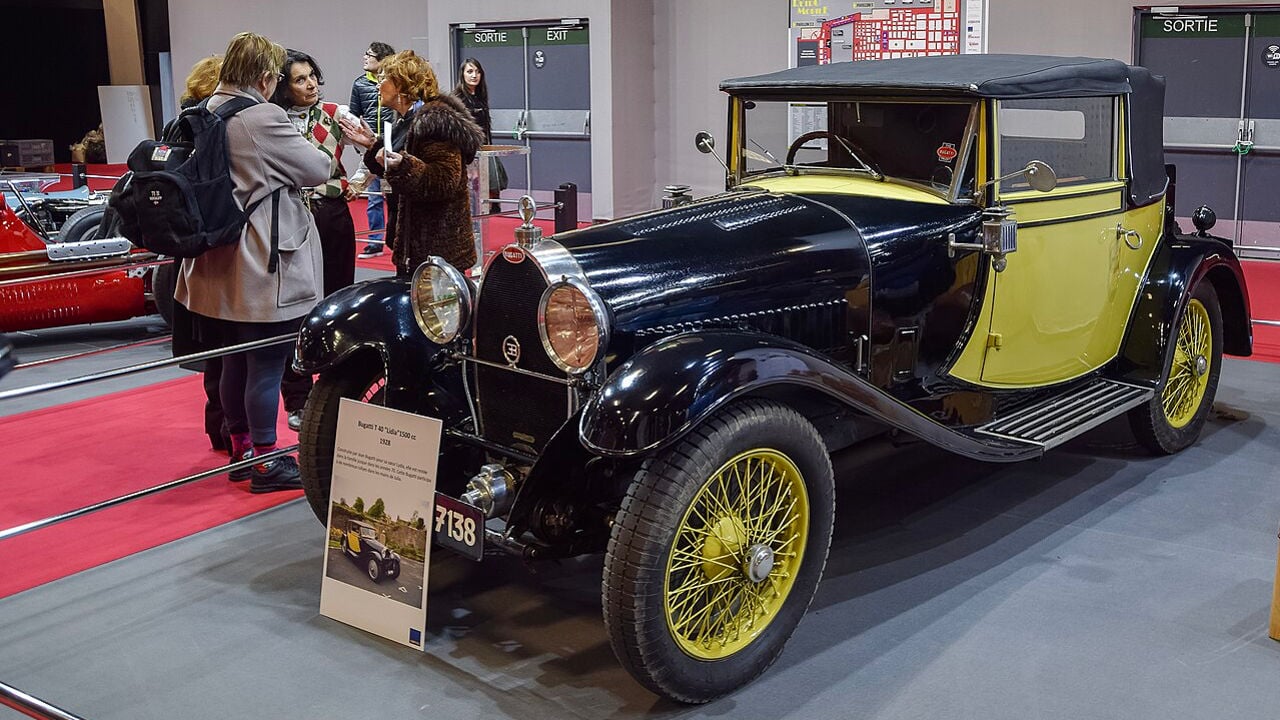
The Bugatti Type 40, a marvel of its time, represents the epitome of luxury and exclusivity in the automotive world. Selling 807 units, an impressive feat for a niche manufacturer like Bugatti, this model set a high bar in craftsmanship and performance. Its sibling, the Type 57, with 685 sales, was equally remarkable, offering unparalleled diversity in design. Today, the Type 40 and 57 overshadow their modern descendants like the Veyron and Chiron in terms of sheer glamour and uniqueness.
TVR Chimaera, 1993-2003
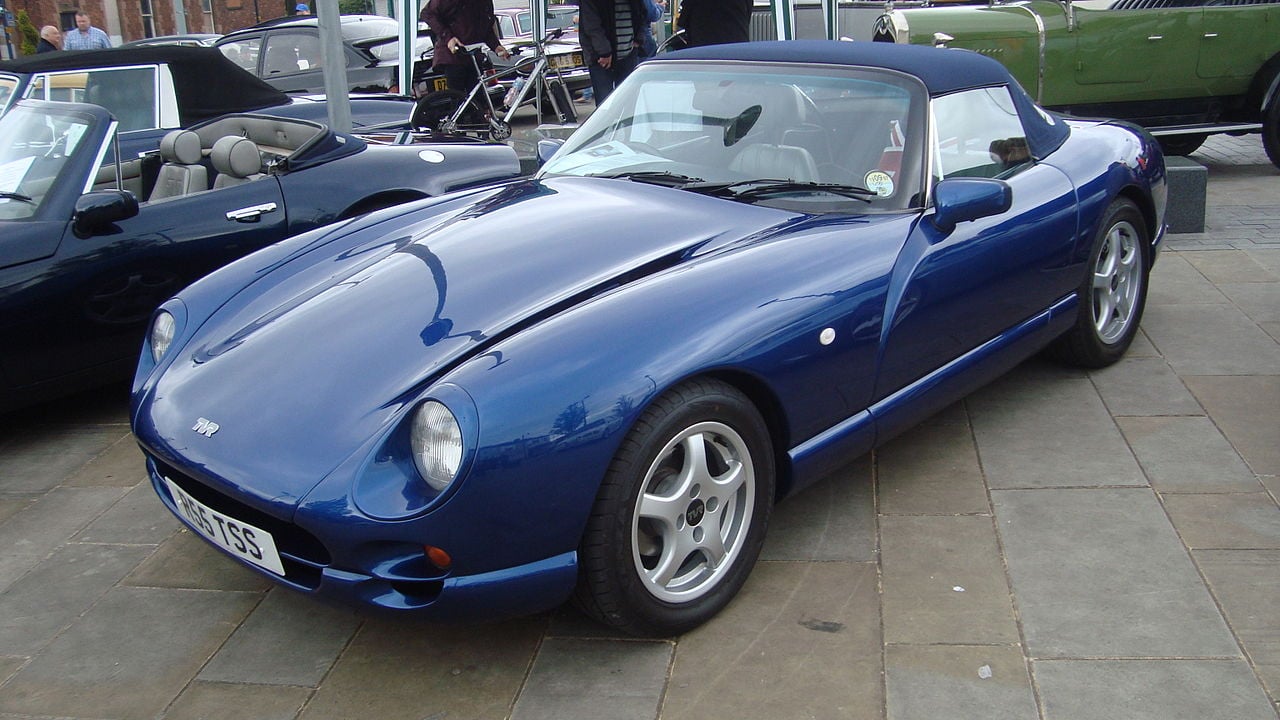
TVR’s Chimaera stands as a testament to British engineering and design. With 6,500 units sold, it was a pivotal model that not only showcased TVR’s prowess but also funded future developments. The Chimaera’s heart, a Rover V8 engine, was a symbol of robust power and versatility. Its success over 12 years is a story of a brand’s resilience and innovation, outperforming all previous models combined in TVR’s earlier 25 years.
De Tomaso Pantera, 1971-1991
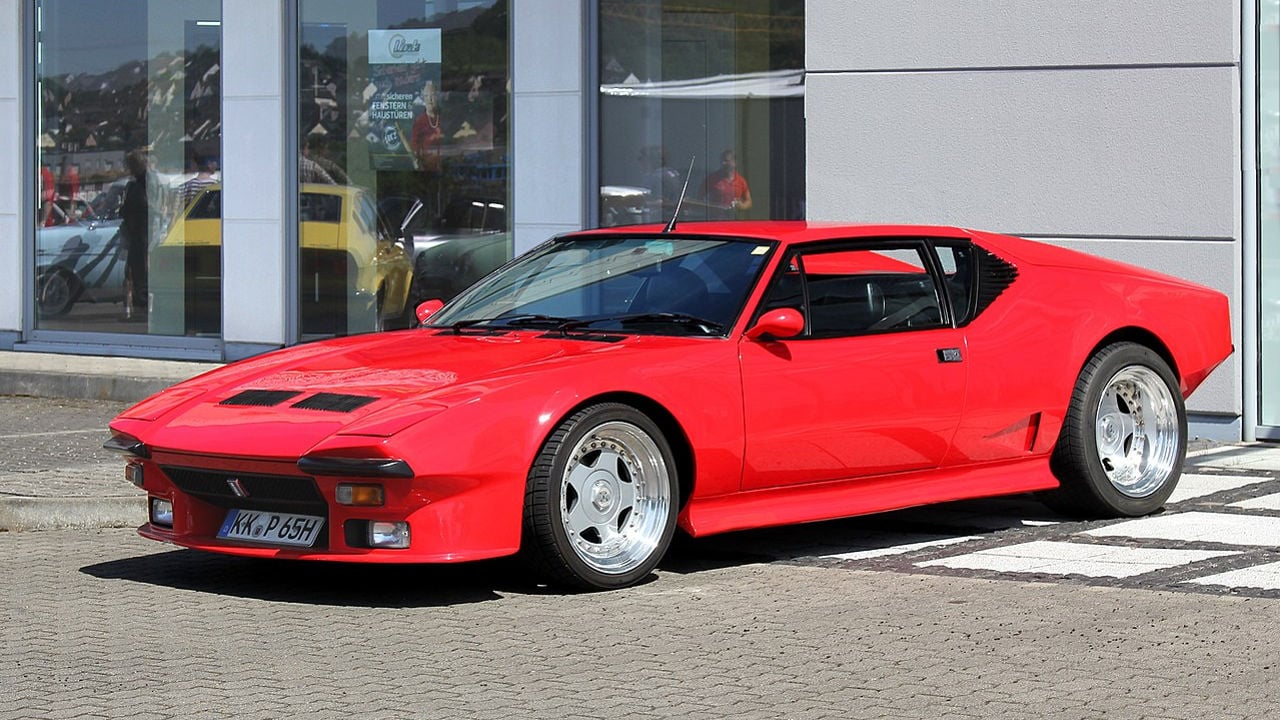
The De Tomaso Pantera, an exotic blend of Italian design and American muscle, redefined the supercar genre. With a production run spanning 20 years and 7,260 units sold, the Pantera used a reliable Ford V8 engine, endearing itself to enthusiasts, particularly in the USA. The car’s lasting legacy is exemplified by famous owners like Elvis Presley, adding a layer of celebrity allure to its already impressive performance credentials.
Morgan 4/4, 1936-2018
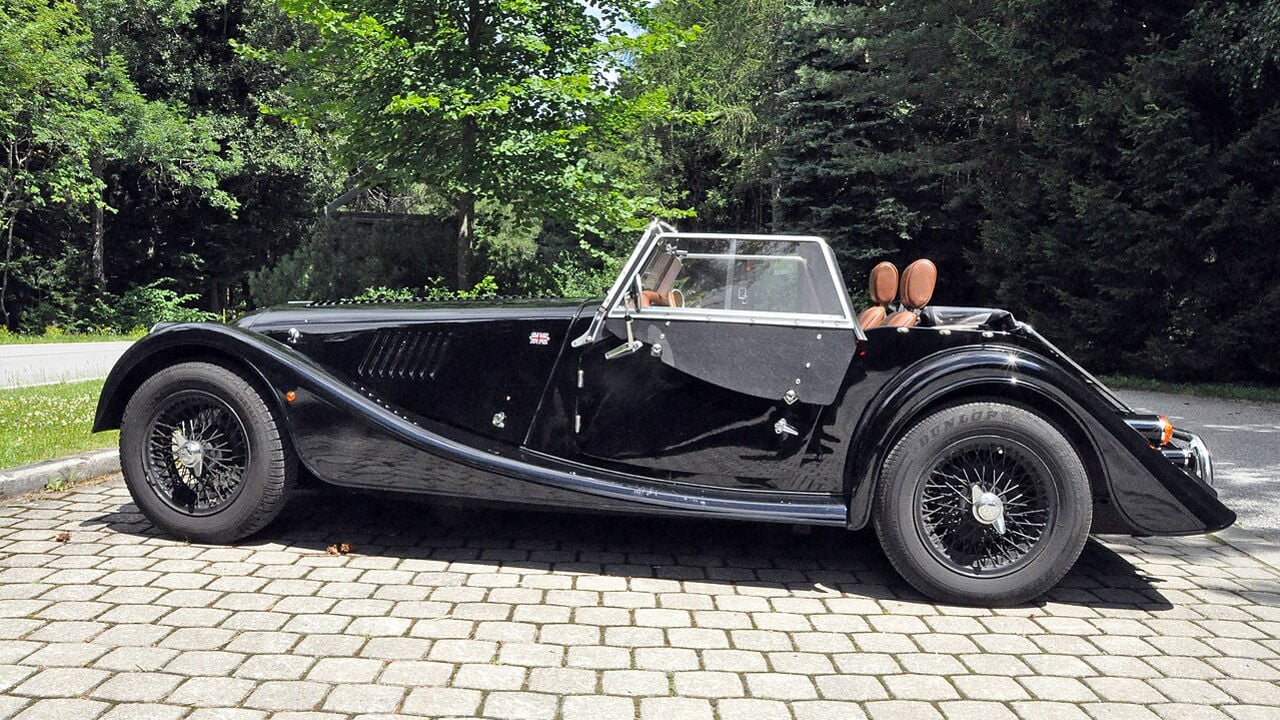
Morgan’s 4/4 is not just a car; it’s a piece of automotive history. With a production run from 1936 to 2018, it holds the record for the longest continuous production of a single model. Selling 10,000 units, the 4/4 was Morgan’s most popular choice, beloved for its classic looks, performance, and durability. In 2020, it gracefully passed the baton to the new Plus Four, leaving behind a legacy of timeless British motoring.
Alpine A110, 2018-Present
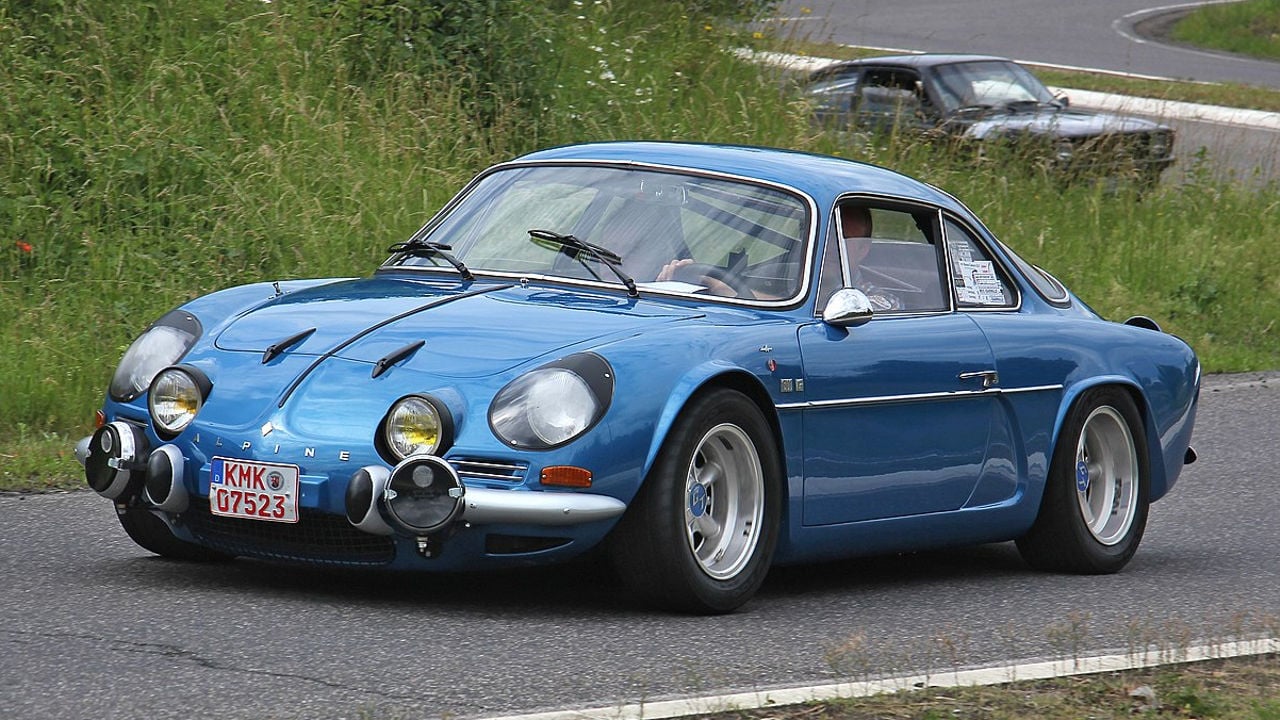
The Alpine A110, a revival of a classic, has quickly become the marque’s flagship model. Surpassing the sales of the original A110 and the lesser-known A310, the new A110’s success is a notable achievement for Alpine and Renault. With over 17,000 units sold, it represents a successful fusion of historic legacy and modern performance, capturing the essence of the Alpine spirit.
Ferrari 458, 2009-2015
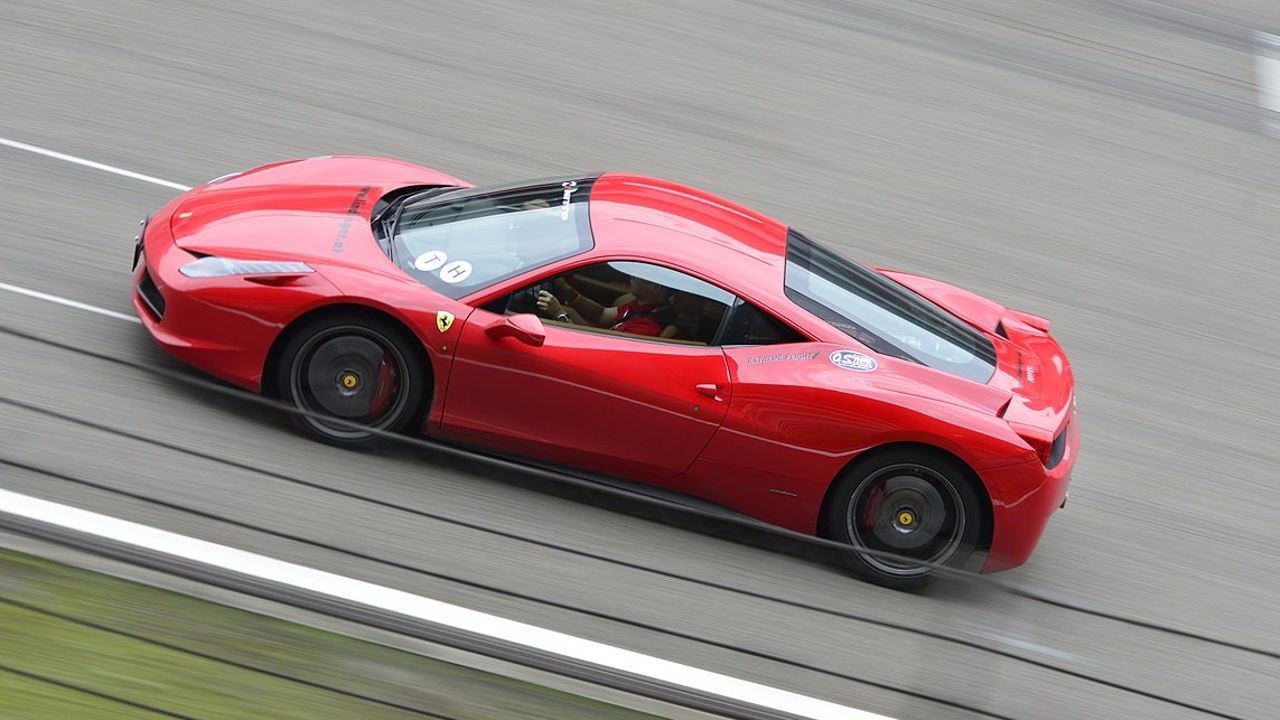
The Ferrari 458, an embodiment of Italian craftsmanship and performance, marked a new era for Ferrari. With approximately 24,000 units produced, it surpassed its predecessor, the 430, in popularity. The 458 set a high benchmark for its successor, the 488, and remains a key figure in Ferrari’s lineage, possibly only to be outdone by the upcoming Purosangue SUV.
Lamborghini Urus, 2018-Present
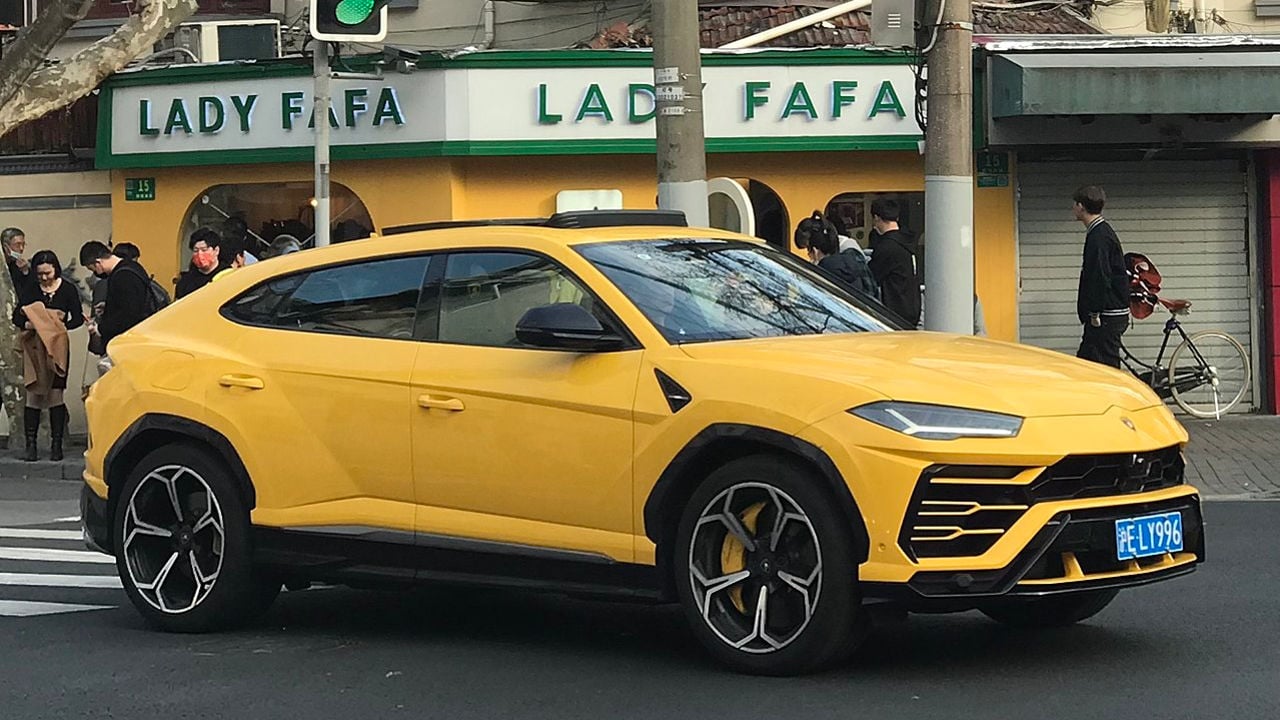
The Lamborghini Urus, despite its controversial departure from traditional sports cars, has become the brand’s best-seller. Surpassing the Gallardo and Huracan, the Urus has made its mark in metropolitan centers worldwide. With over 25,000 units sold, it represents Lamborghini’s successful venture into the luxury SUV market, combining performance with versatility.
Aston Martin Vantage, 2005-Present
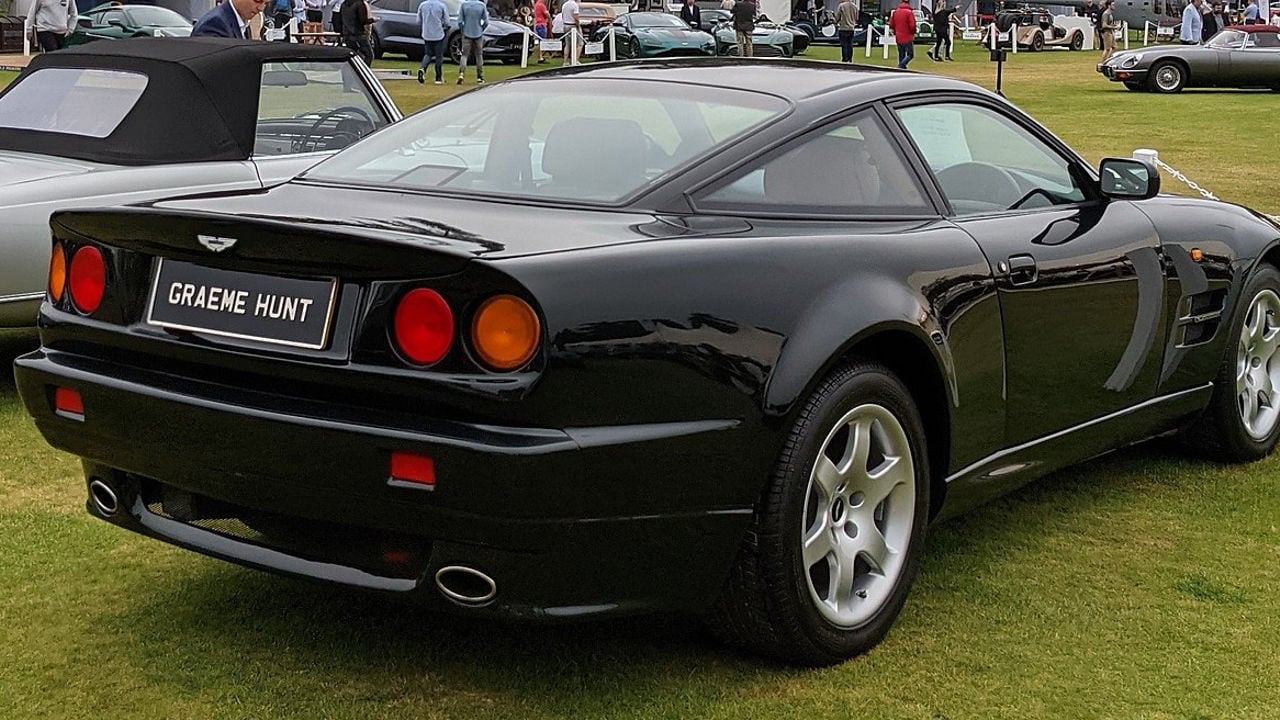
Aston Martin’s Vantage, often hailed as the savior of the brand, has surpassed the DB7 as the best-selling model. With sales nearing 25,000 units, the Vantage’s success story is a blend of elegance, performance, and innovation. It continues to be a significant model for Aston Martin, even as the new DBX begins to make its presence felt.
Rolls-Royce Silver Shadow, 1965-1980
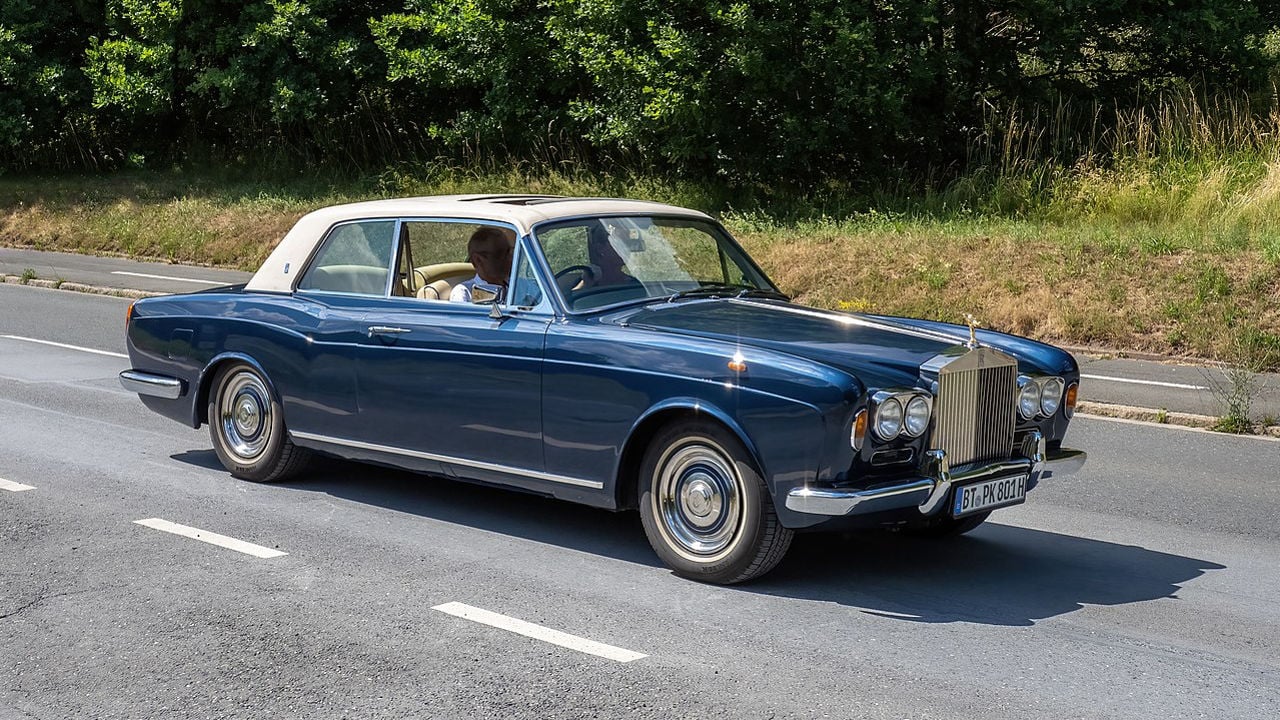
The Rolls-Royce Silver Shadow is more than just a luxury car; it’s a cultural icon. With 29,030 units built over 15 years, it stands as Rolls-Royce’s best-selling model. Debuting in the swinging sixties, the Silver Shadow found favor among the era’s style leaders, a testament to its timeless appeal and luxury. It remains a symbol of Rolls-Royce’s enduring legacy in the automotive world.
Lotus Elise, 1996-2021
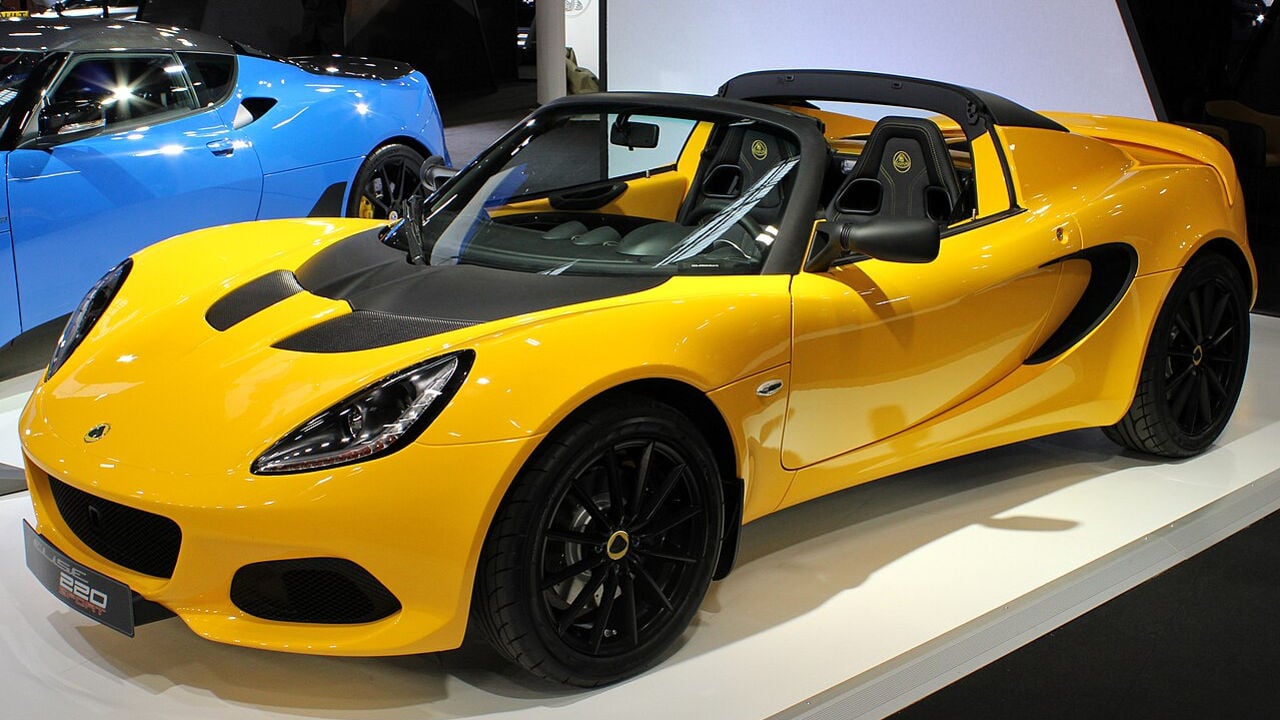
The Lotus Elise, a cornerstone in Lotus’s history, has played a crucial role in the brand’s survival and success. With 35,124 units sold, it introduced a new generation to the joys of lightweight, agile sports cars. The Elise’s impact is undeniable, setting the stage for Lotus’s ambitious future plans.
Bentley Continental GT, 2003-Present
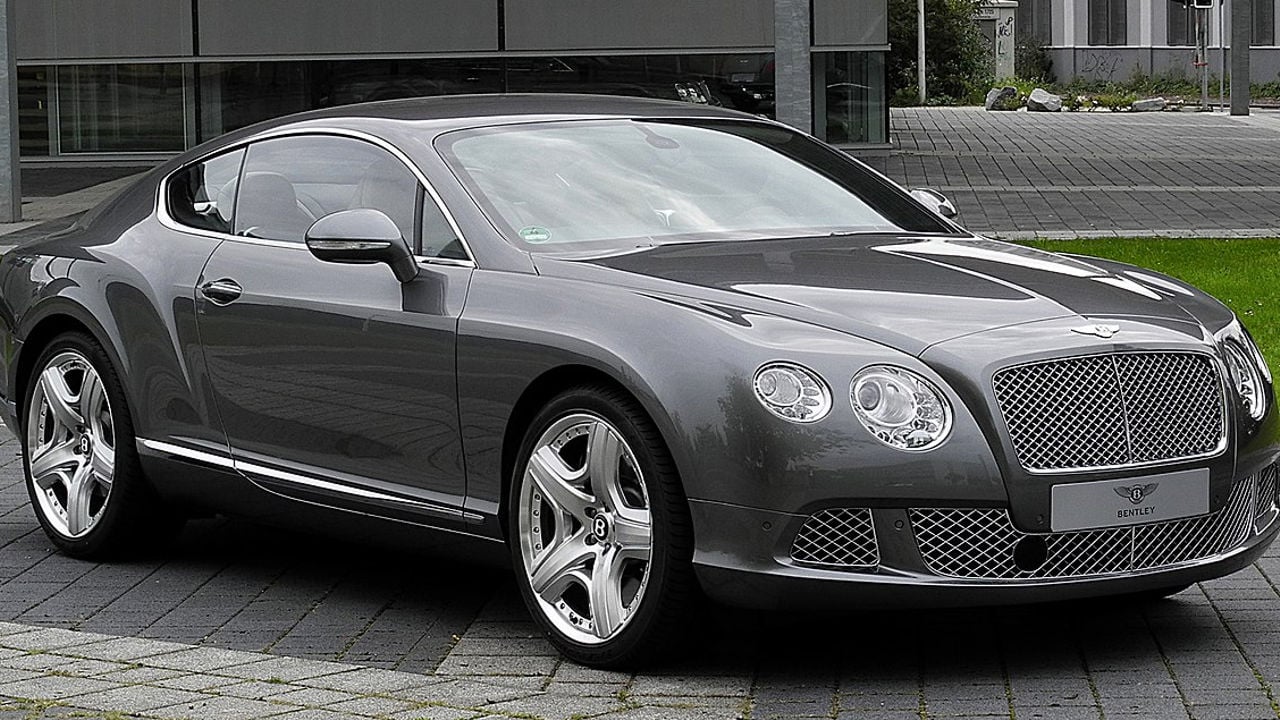
The Bentley Continental GT, a game-changer for the brand, redefined the luxury coupe market. With over 90,000 units sold, it took Bentley by surprise with its overwhelming success. The addition of a convertible variant further boosted its popularity, solidifying the Continental GT as a cornerstone of Bentley’s modern lineup.
Maserati Levante, 2016-Present
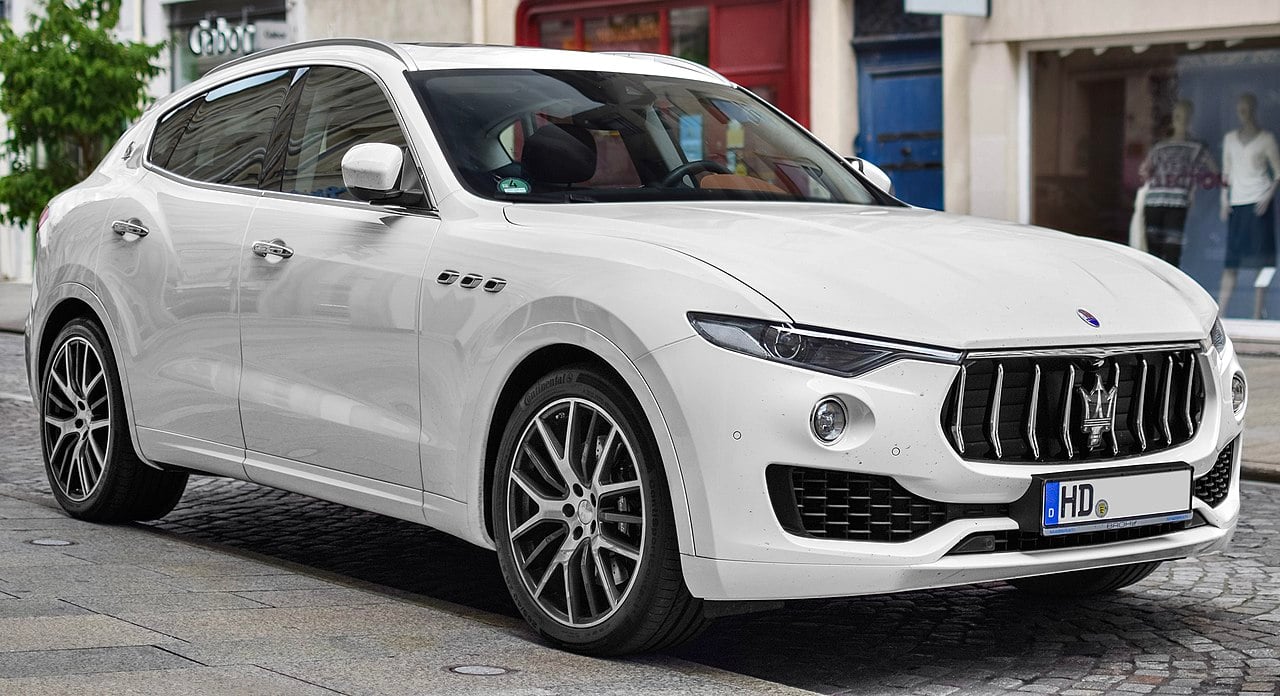
Maserati’s Levante, stepping up from the legacy of the Biturbo, has become the brand’s best-seller. With over 100,000 units sold, it symbolizes Maserati’s adaptation to changing market trends, exemplified by the Levante’s success and the introduction of the Grecale. The Levante represents a new chapter for Maserati, blending its rich heritage with contemporary demands.
Rover 800, 1986-1999
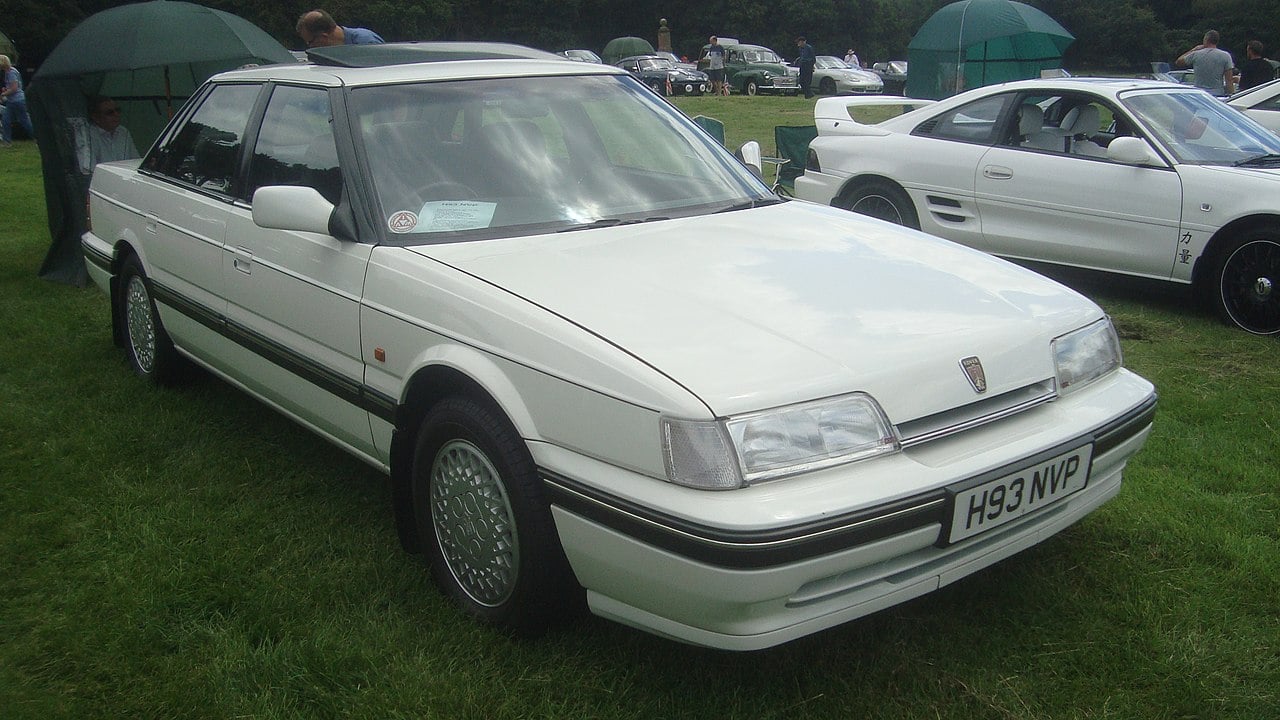
The Rover 800, a lifeline for the brand, was a significant model in the British automotive landscape. Born out of necessity and a partnership with Honda, the 800 sold over 317,126 units. Its appeal to Britain’s middle managers and its refined, if conservative, design made it a common sight on UK roads. The 800 stands as a notable example of Rover’s capability to produce a mainstream success.
Triumph Herald, 1959-1970
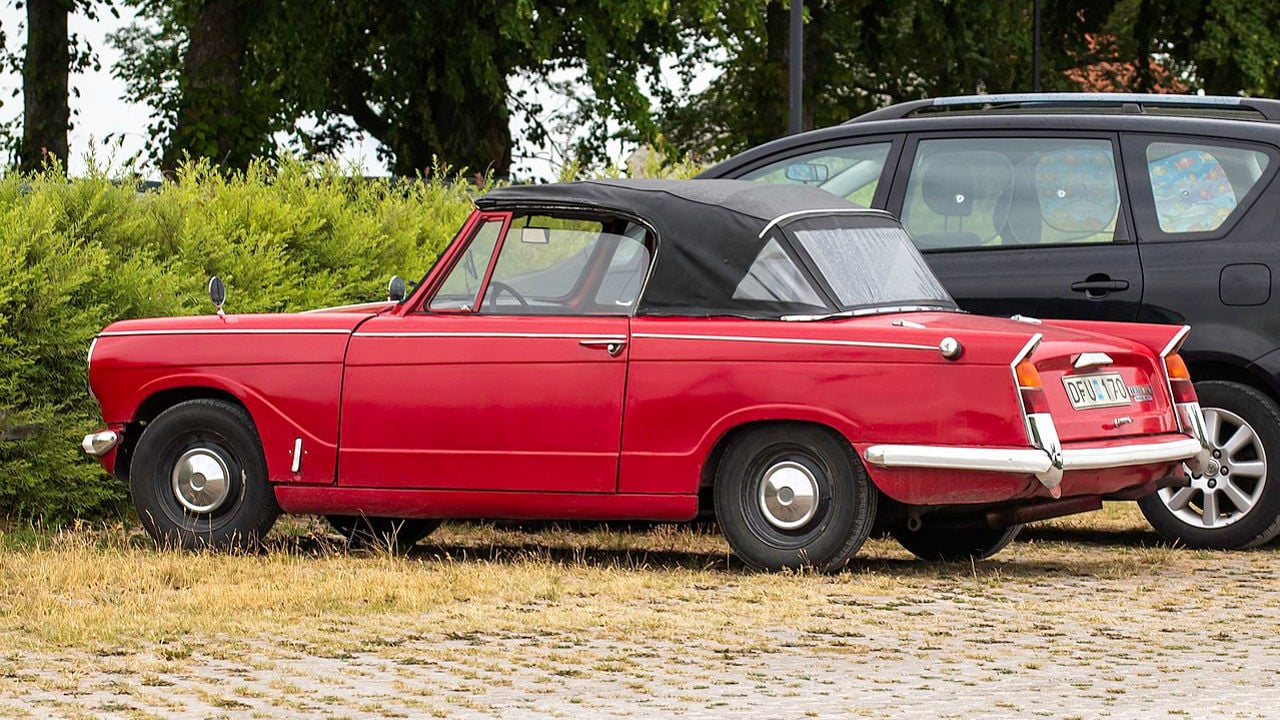
The Triumph Herald, launched alongside the revolutionary Mini, carved its niche with traditional engineering and sharp styling. Offering various body styles, including a sedan, coupe, wagon, convertible, and even a van, the Herald appealed to a wide audience. The sedan version alone sold over 201,142 units, making it the most popular in the range. The Herald’s conventional approach proved to be a successful contrast to the Mini’s innovation.
Jaguar XJ, 1968-2019
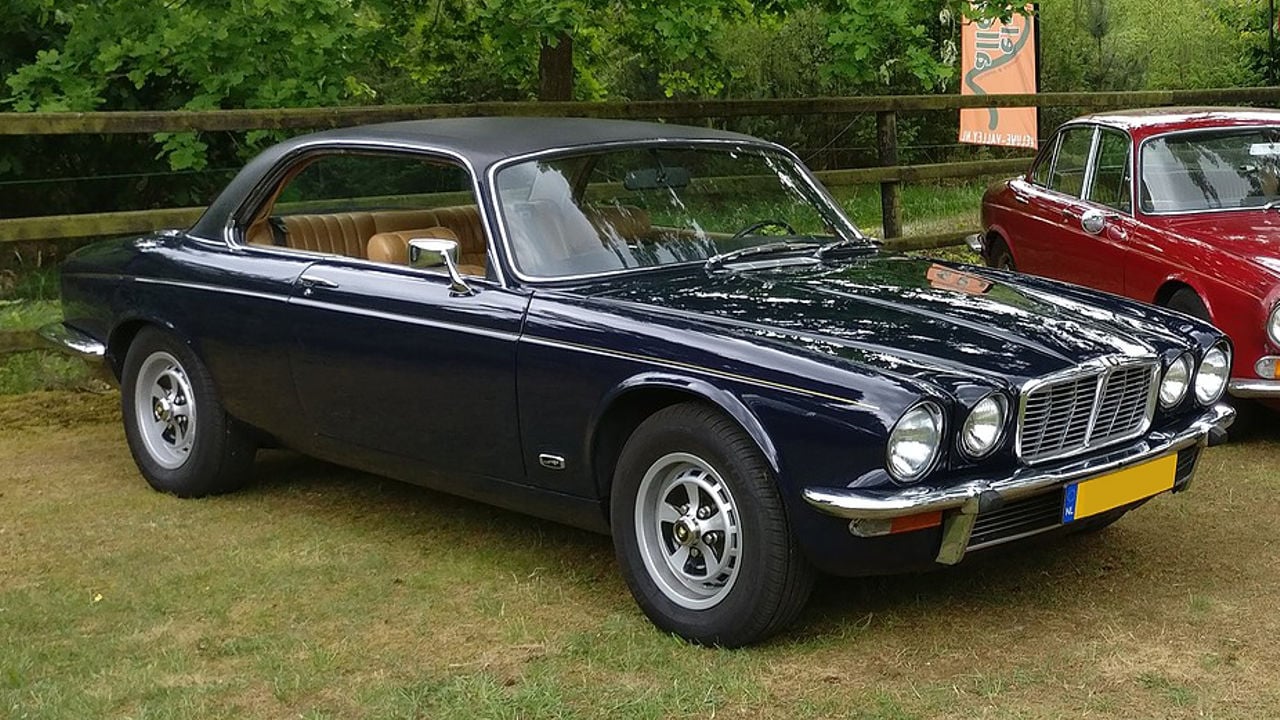
The Jaguar XJ, a staple of the brand’s lineup, has been a symbol of luxury and performance since its launch in 1968. With a million units sold, the XJ’s journey through various ownerships and designs reflects Jaguar’s resilience and commitment to excellence. The model’s discontinuation in 2019 ended an era, with the anticipated electric replacement creating a buzz about Jaguar’s future direction.
Alfa Romeo Alfasud, 1972-1989
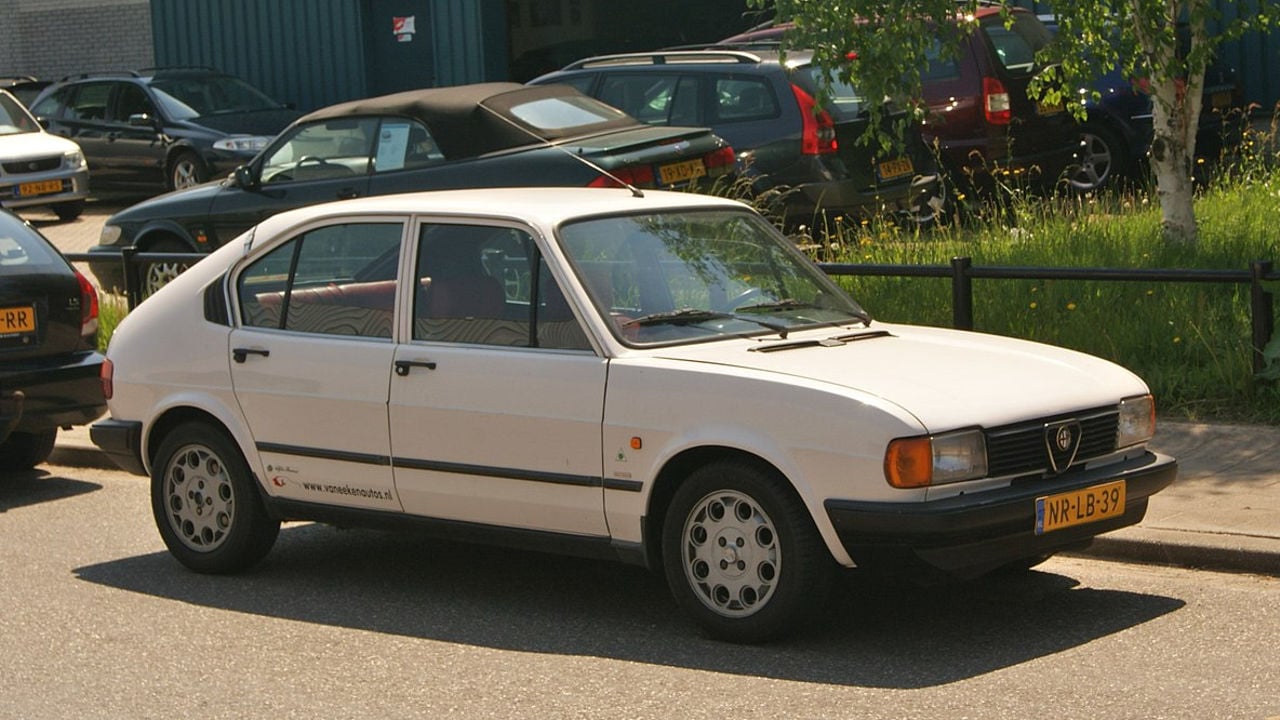
The Alfasud, Alfa Romeo’s front-wheel-drive hatch, was a formidable competitor in its segment. Despite challenges in build quality and rust prevention, the Alfasud’s driving dynamics and variants like the Veloce and Sprint Coupe garnered it a loyal following. Selling over a million units, it stands as Alfa Romeo’s biggest seller, a testament to its appeal despite its flaws.
Porsche 911, 1963-Present
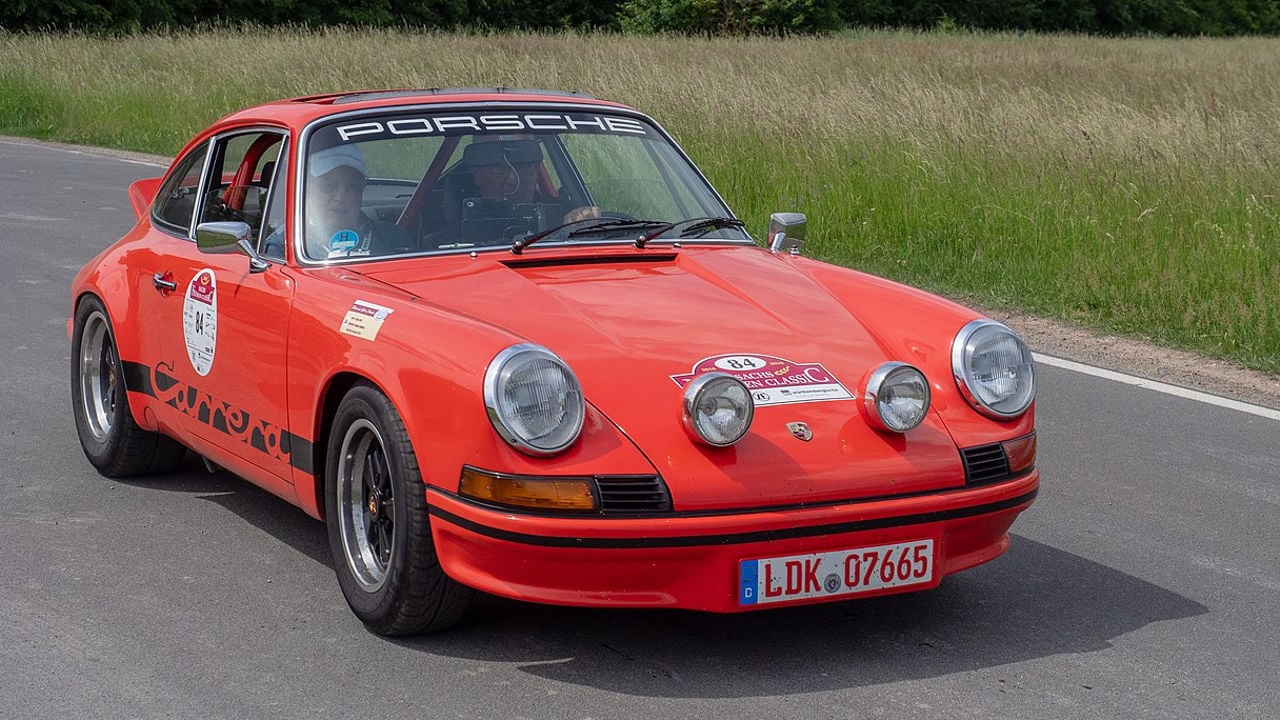
The Porsche 911, an icon in the sports car world, reached a milestone with its one millionth unit in 2017. Its longevity and consistent evolution have kept it at the forefront of its class, with about 30,000 units added to its tally each year. The 911’s enduring appeal lies in its blend of everyday usability and supercar performance.
Saab 900, 1978-1998
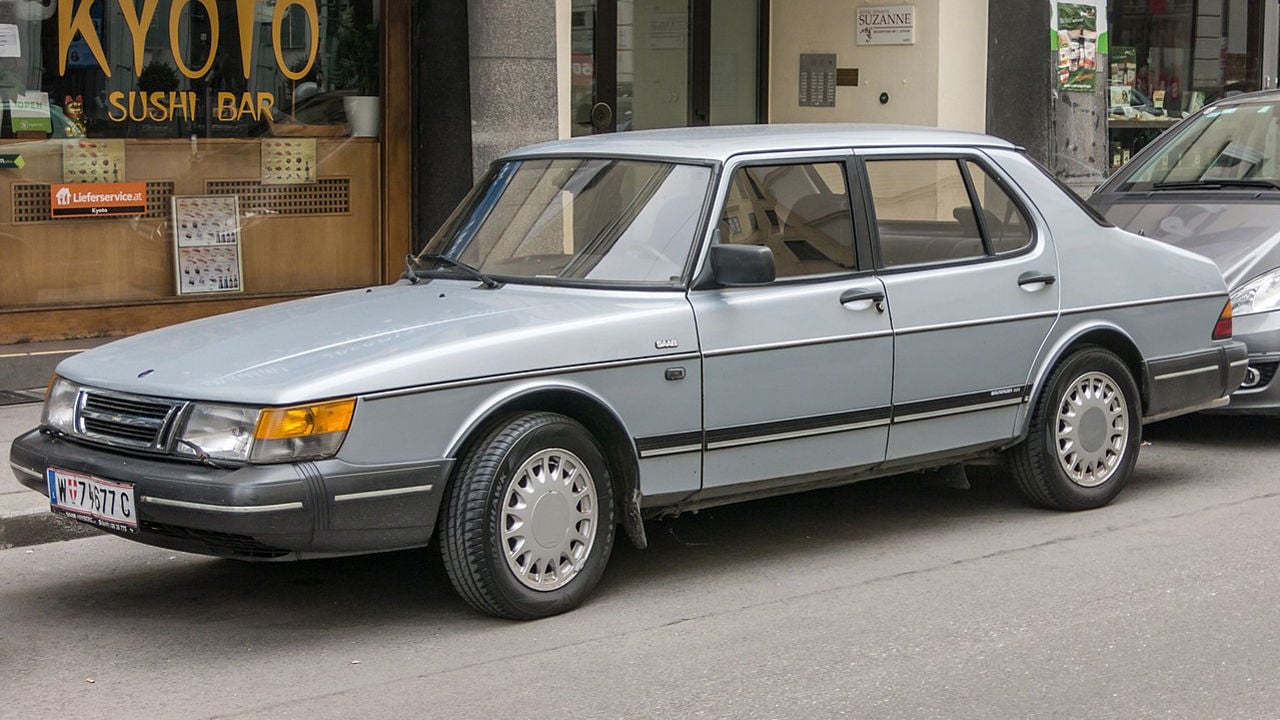
The Saab 900, known for its unique design choices, cultivated a loyal customer base over its two generations. With over 1.2 million units sold, the 900’s combination of safety, space, comfort, and performance, especially in its Turbo models, made it a standout in its category. The 900’s sales figures are a testament to Saab’s distinct approach to car manufacturing.
Chrysler Newport, 1961-81
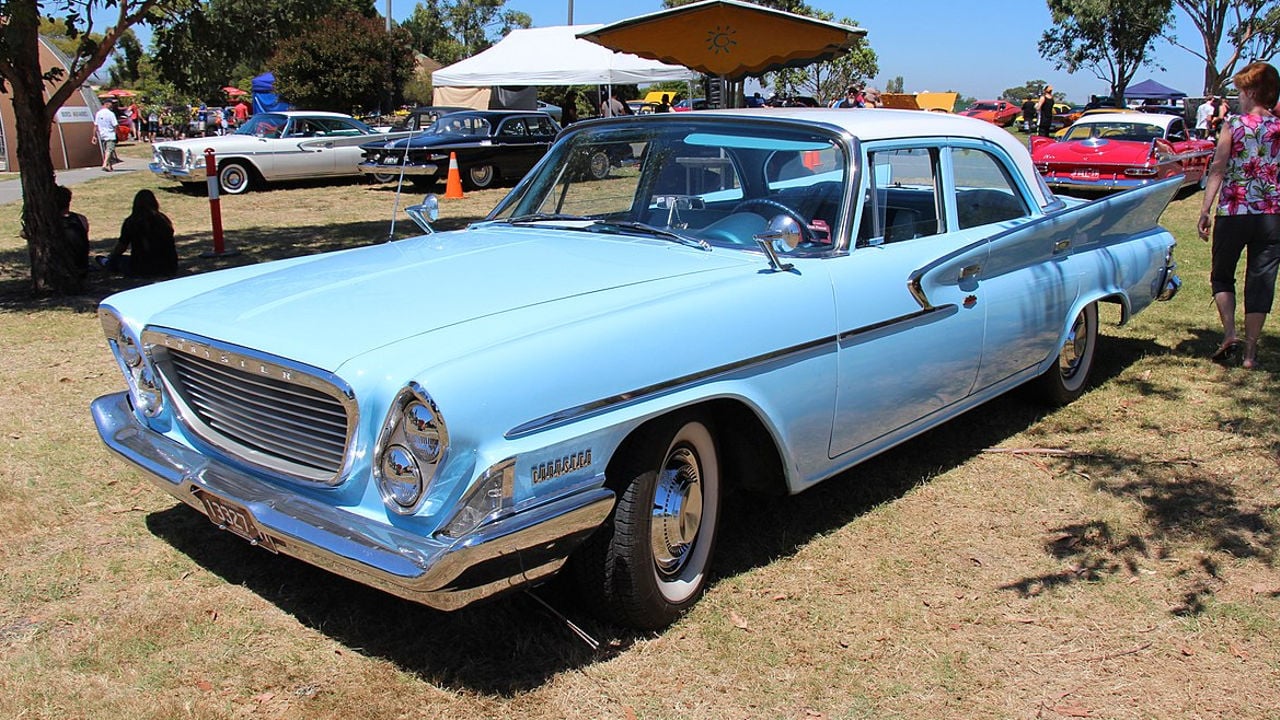
The Chrysler Newport, perhaps an unexpected best-seller, found a niche in the American market as an affordable sedan and wagon. Selling 1.9 million units over 20 years, its mid-1960s crisp design was a high point, with later models less inspiring. The Newport stands as a key player in Chrysler’s history, outperforming other notable models like the 300 and various minivans under different names.
Tesla Model 3, 2017-Present
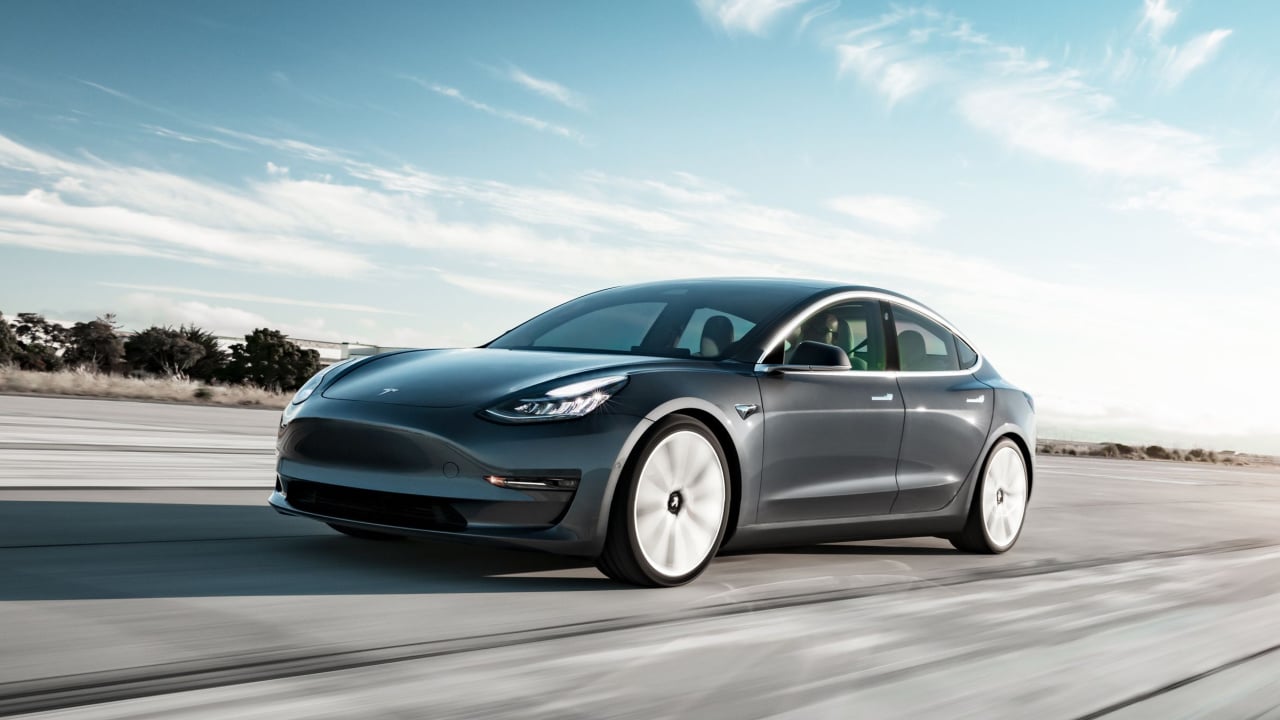
The Tesla Model 3’s launch was met with unprecedented anticipation, with 500,000 reservations signaling its forthcoming success. Surpassing the sales of the Model S, the Model 3 continues to dominate as electric vehicle popularity rises. Tesla’s improvements in build quality and efficiency have solidified the Model 3 as a leader in the electric car revolution.
Smart Fortwo, 1998-2024
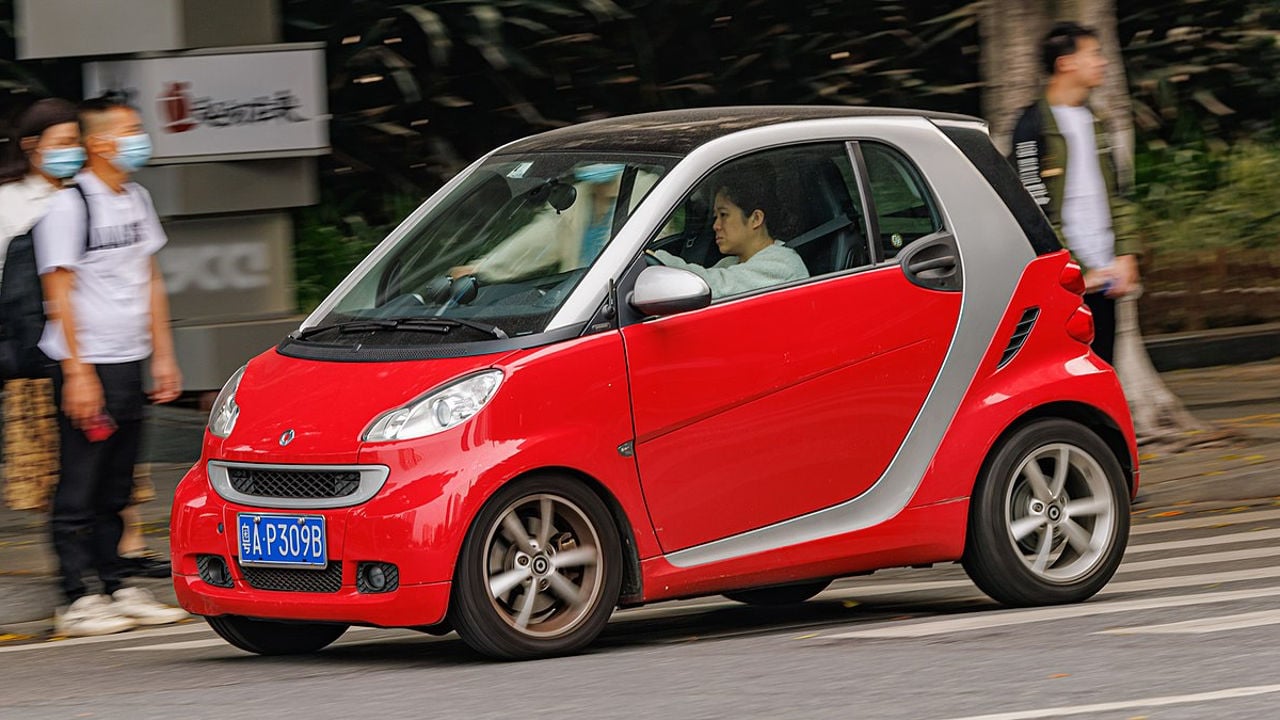
The Smart Fortwo, a revolution in urban mobility, challenged conventional car design with its diminutive size and innovative engineering. Despite its compact 2.5m length, the Fortwo achieved over 2.1 million sales, showcasing the demand for small, efficient city cars. However, its declining popularity indicates an end to its production by 2024, marking the end of an era for this unique, space-saving vehicle.
Land Rover Defender, 1948-Present
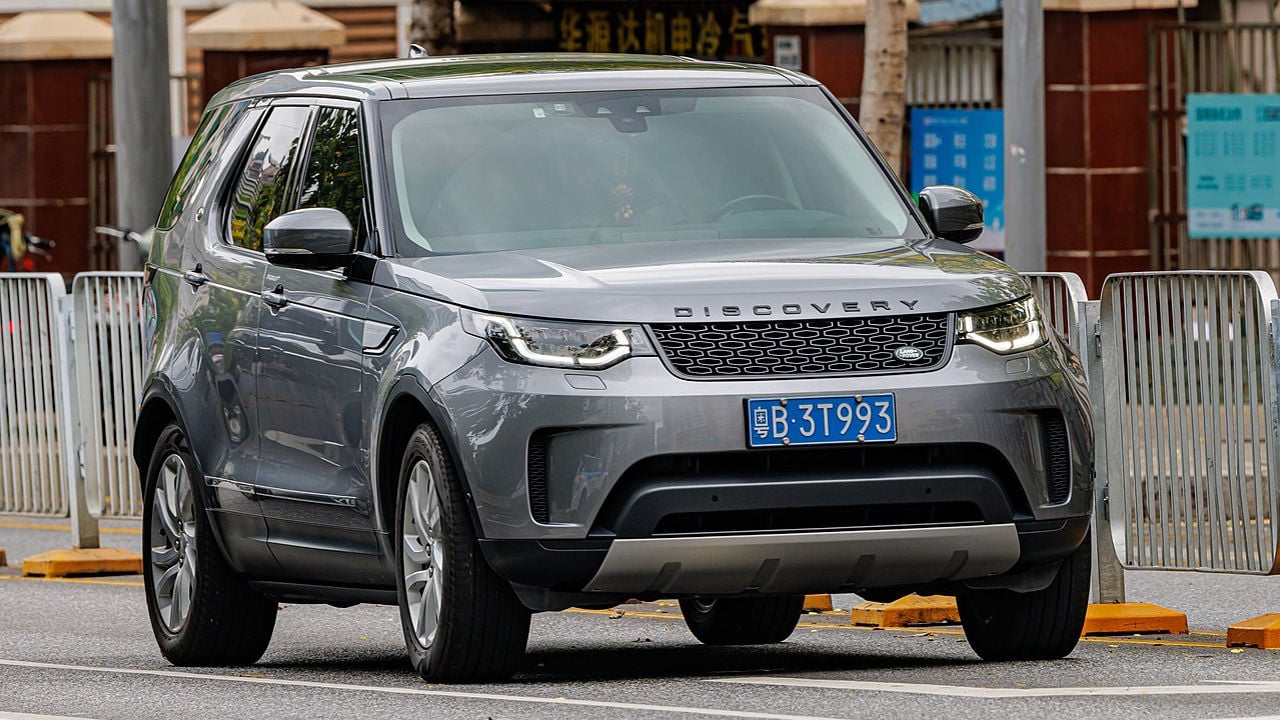
The Land Rover Defender, including its Series predecessors, is a testament to the enduring appeal of rugged, versatile off-roaders. With over 2.2 million units sold, the Defender’s simple yet robust design has conquered terrains worldwide. The new Defender, launched in 2020, continues this legacy, rapidly adding to the model’s impressive sales figures with its modern interpretation of the brand’s core off-road capabilities.
Saturn S-Series, 1991-2002
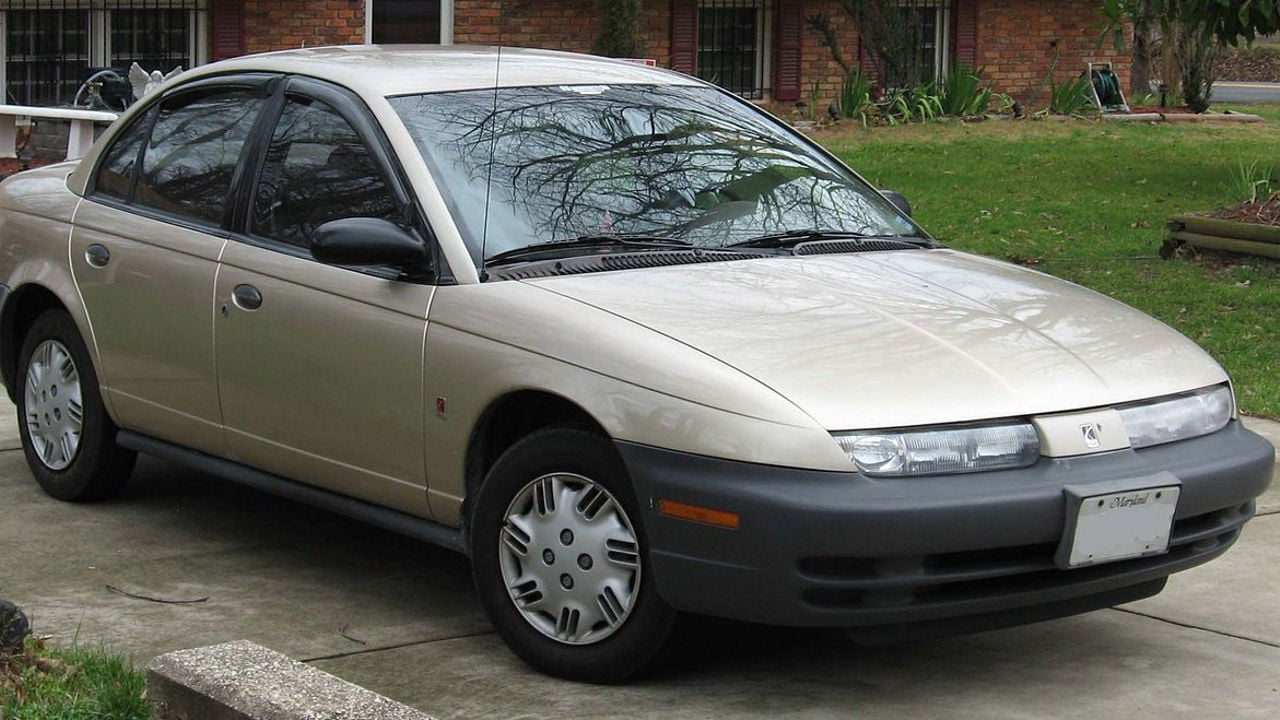
The Saturn S-Series, part of the GM family, stood out with its distinctive front end and innovative use of plastic body panels on a spaceframe chassis. Selling over 2.25 million units, the S-Series marked Saturn’s foray into producing a compact car that combined unique design elements with practicality, including a special right-hand drive version for the US Postal Service.
Lincoln Town Car, 1981-2011
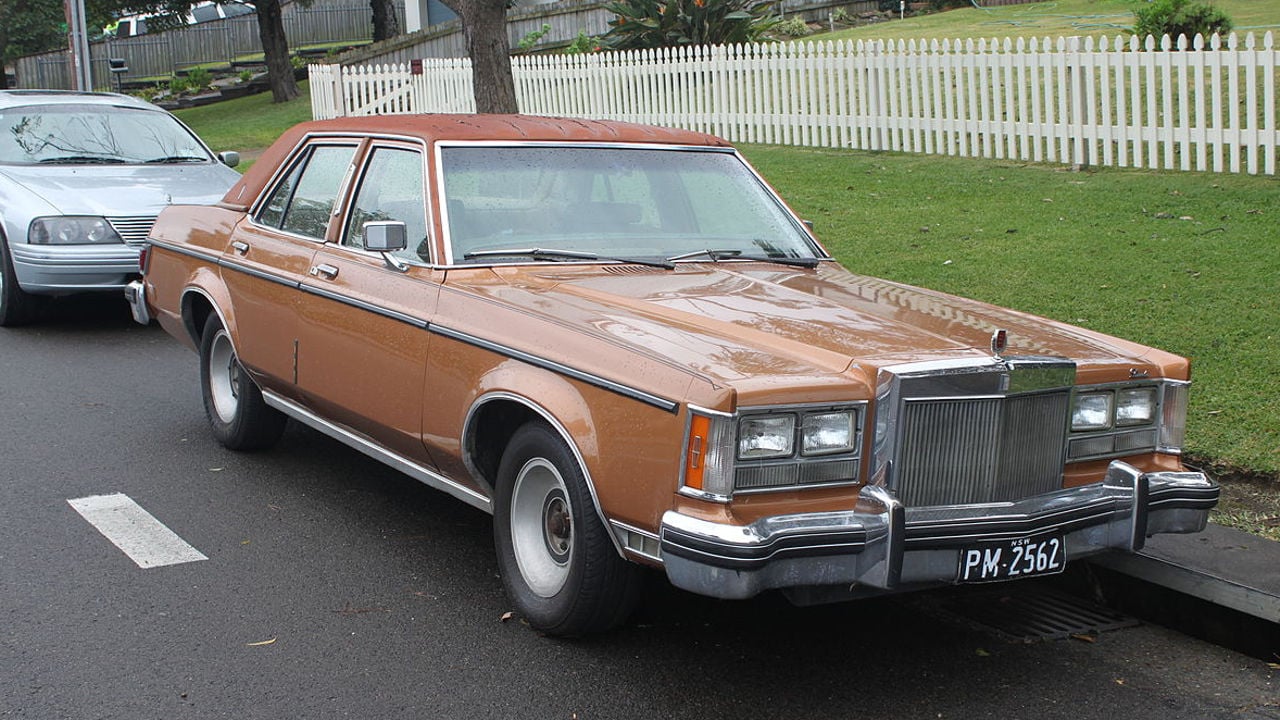
The Lincoln Town Car epitomized luxury and comfort in a full-size sedan. Over its 30-year production run, it sold 2.45 million units, appealing to those seeking premium features and spacious interiors. While the Town Car evolved in design over the years, it remained true to its original concept of providing luxurious transport, spawning numerous limousine variants and becoming a symbol of American automotive luxury.
Dodge Charger, 1966-2023
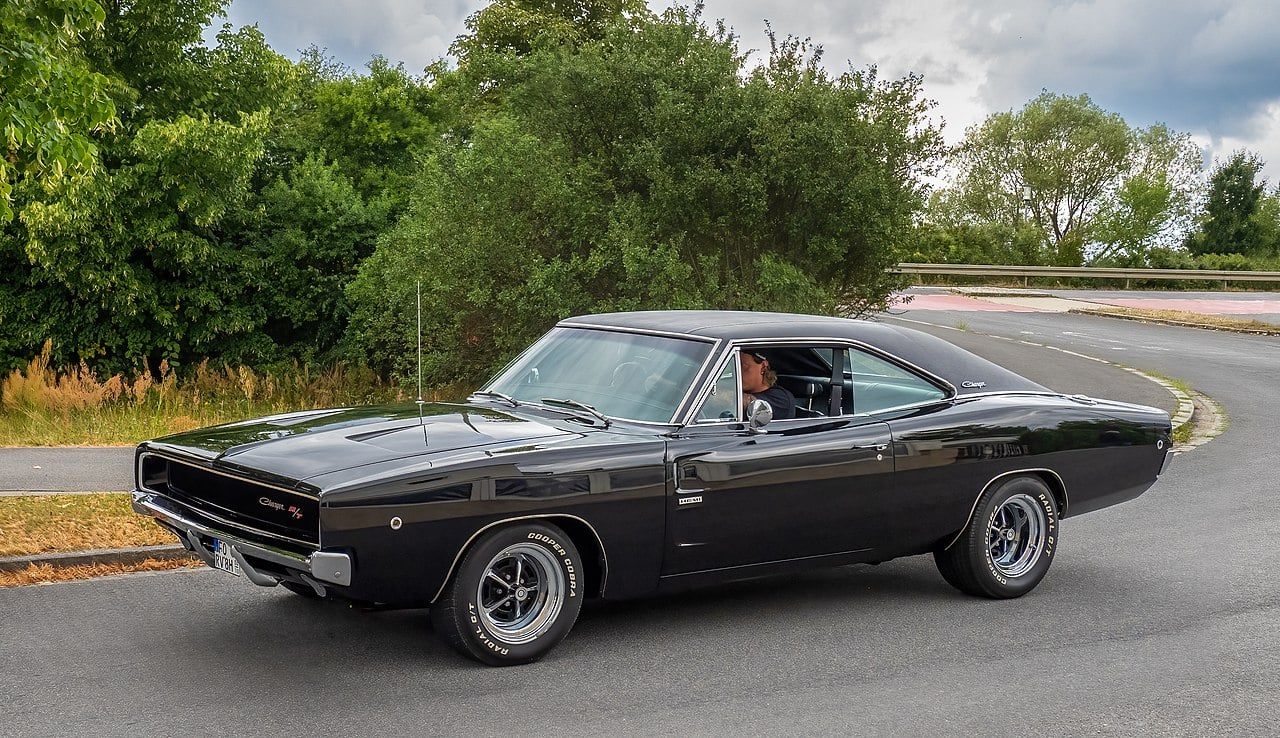
The Dodge Charger, with its diverse incarnations, has been a prominent figure in the American automotive landscape. From its muscle car roots in 1966 to its reincarnation as a modern four-door sedan, and now poised to return as an electric coupe, the Charger has sold over 2.6 million units. This versatility in adapting to changing market trends while maintaining its performance heritage is what makes the Charger a standout model in Dodge’s lineup.
Volvo 200, 1974-1993
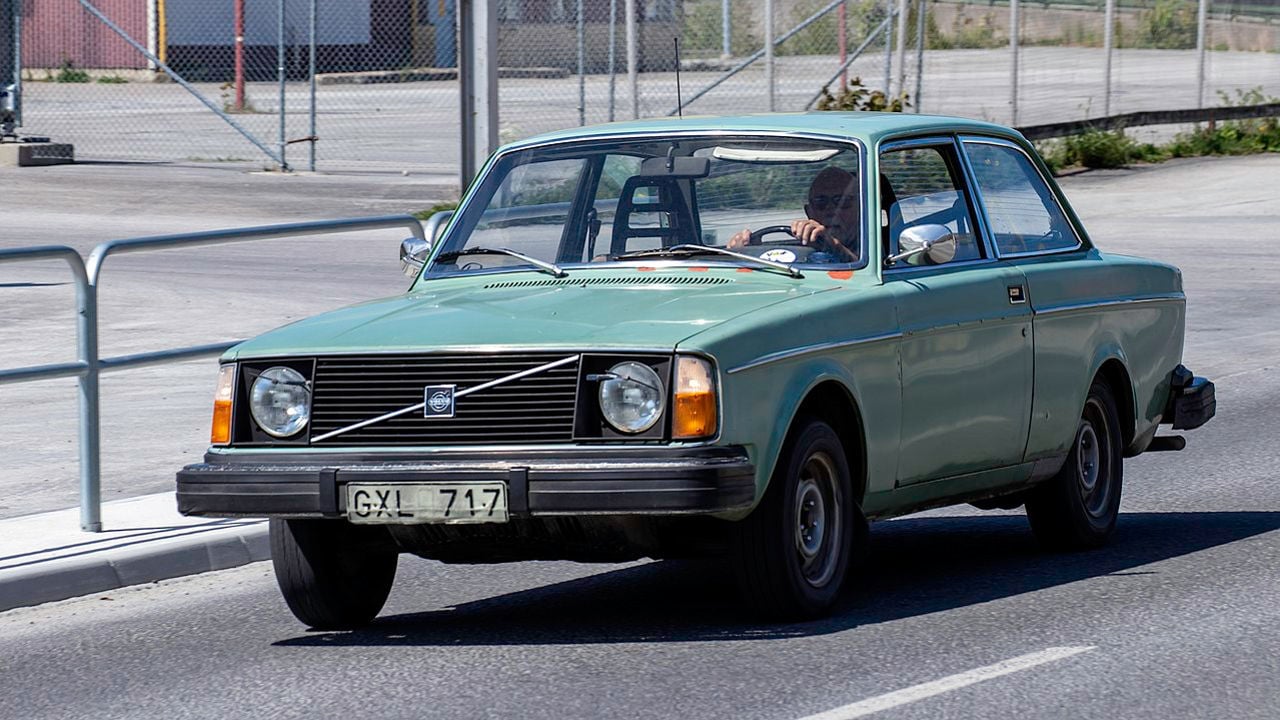
Volvo’s 200 series, synonymous with the brand’s identity, epitomized practical and robust design. With over 2.86 million units sold, the 200 series’ boxy styling and reliability made it a popular choice worldwide. The 262C coupe, a more exclusive variant, added a touch of luxury to the range, showcasing Volvo’s ability to cater to a diverse customer base.
Mercury Grand Marquis, 1975-2011
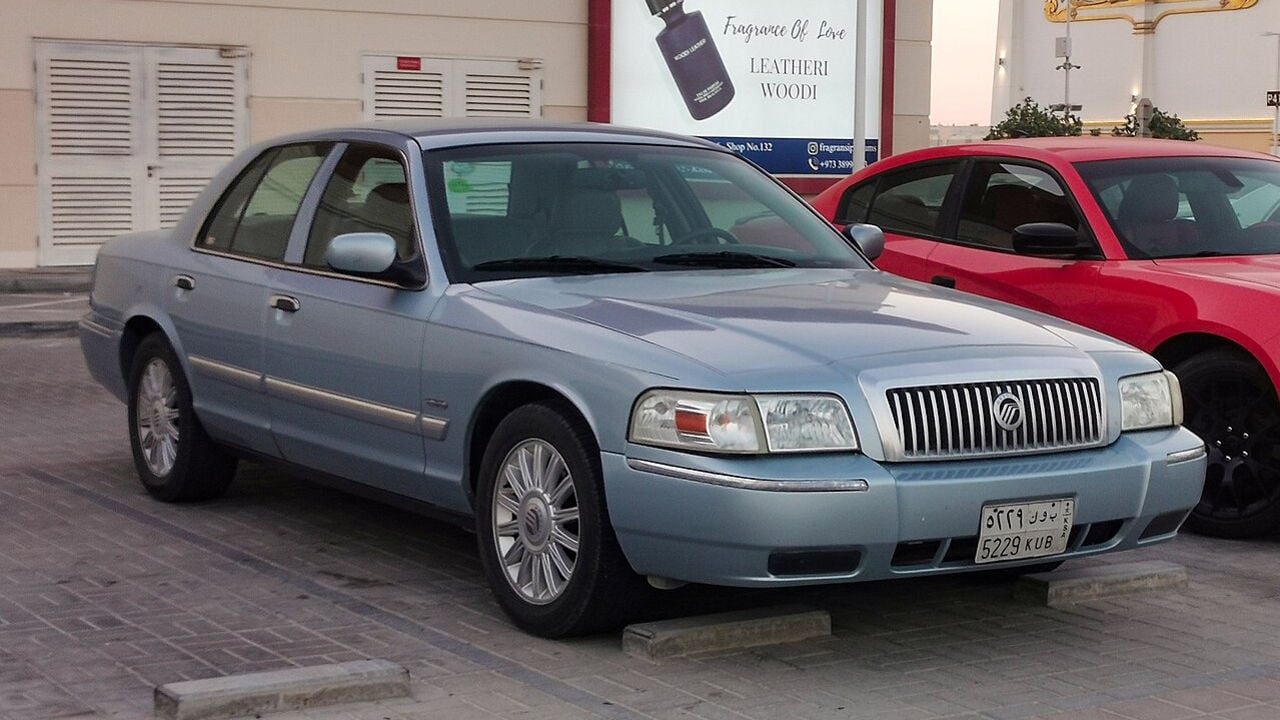
The Mercury Grand Marquis, a mid-size sedan targeting the US market, was a key model for Ford in competing against rivals like Buick. With a production run of over 2.96 million units, the Grand Marquis evolved in design but consistently offered V8 engines and a focus on comfort and space. The end of its production in 2011 also marked the closure of the Mercury brand, with the Grand Marquis remembered as one of its most successful models.
Lancia Ypsilon, 1996-Present
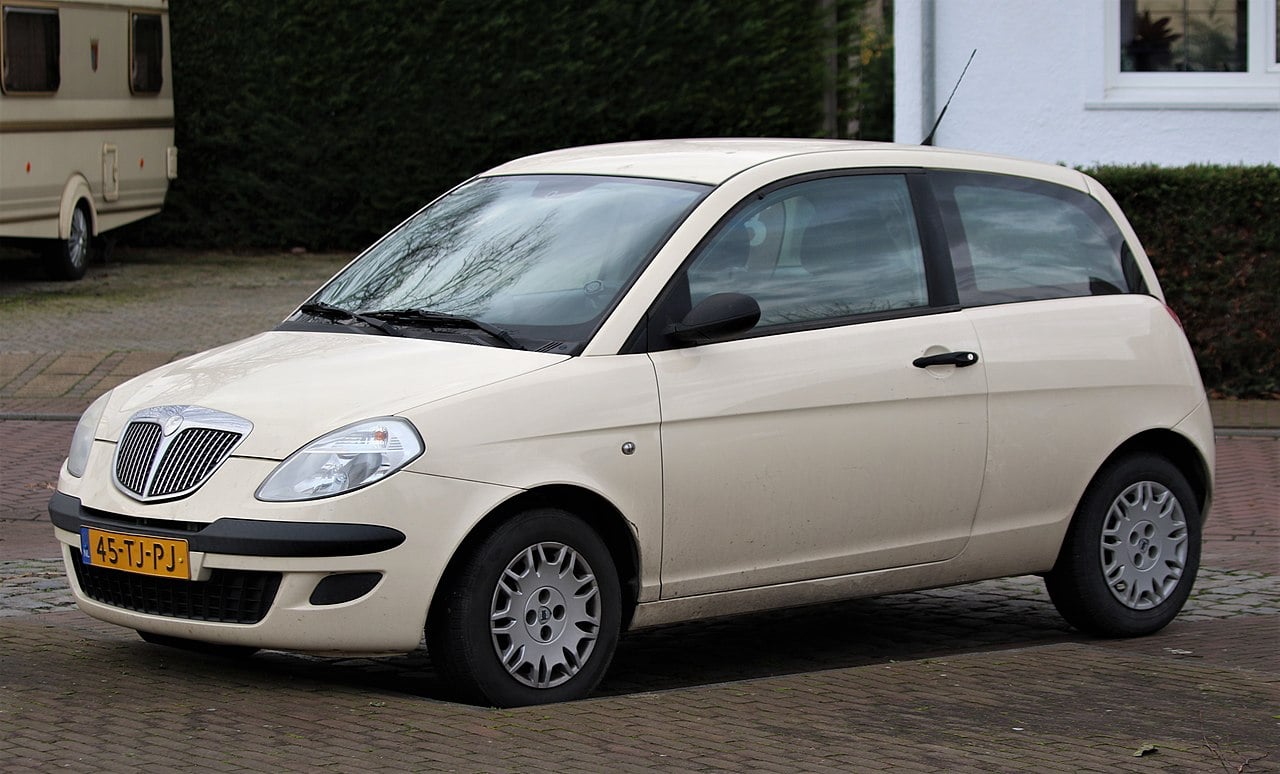
The Lancia Ypsilon, now the sole survivor of the Lancia brand, continues to thrive in the Italian market. With over 3.1 million units sold, the Ypsilon’s resilience is remarkable, especially given the brand’s withdrawal from most markets. The Ypsilon’s continued success in Italy is a testament to Lancia’s lasting appeal and the model’s ability to adapt to changing consumer preferences.
Holden Commodore, 1978-2020
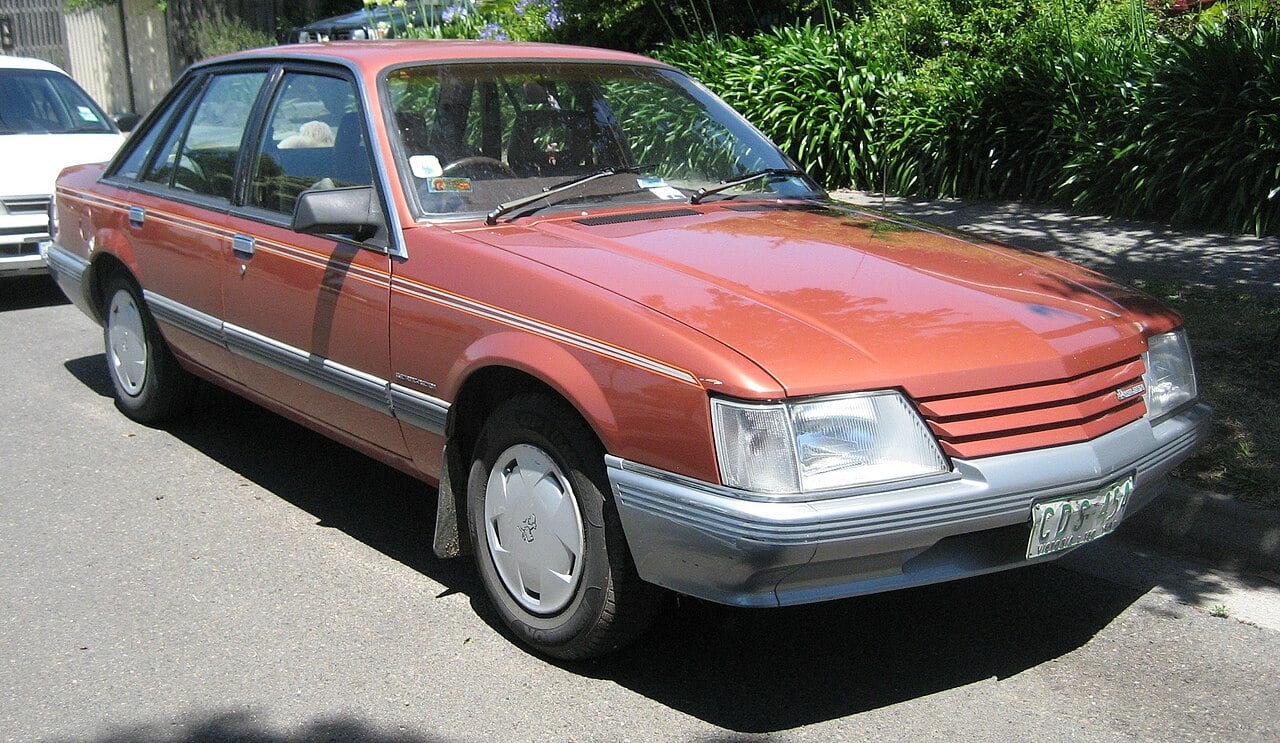
The Holden Commodore, a staple of Australian automotive culture, exemplifies Holden’s local approach to design and engineering. With 3.2 million units sold, the Commodore’s range of powerful V8 models and its prominence in Australian sedan racing have cemented its status as a key player in Holden’s history, even as the brand transitions away from local manufacturing.
- SEO Powered Content & PR Distribution. Get Amplified Today.
- PlatoData.Network Vertical Generative Ai. Empower Yourself. Access Here.
- PlatoAiStream. Web3 Intelligence. Knowledge Amplified. Access Here.
- PlatoESG. Carbon, CleanTech, Energy, Environment, Solar, Waste Management. Access Here.
- PlatoHealth. Biotech and Clinical Trials Intelligence. Access Here.
- Source: https://teslatale.com/best-selling-cars/
